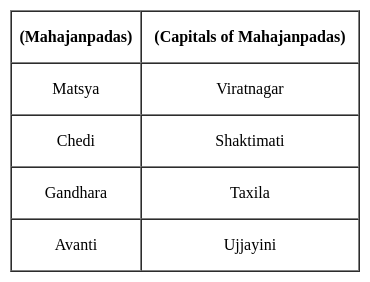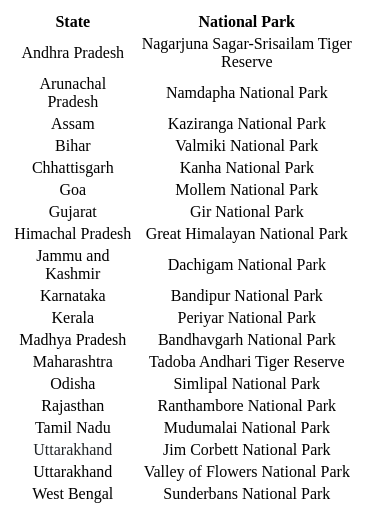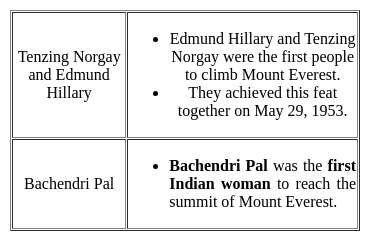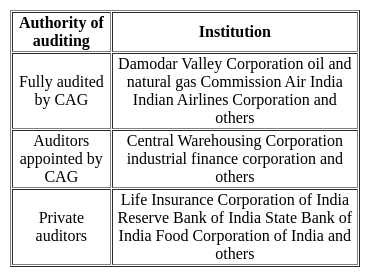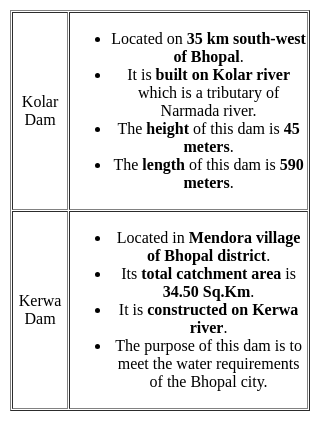MPPSC Paper 1 (GS) Mock Test - 9 - MPPSC (Madhya Pradesh) MCQ
30 Questions MCQ Test MPPSC Mock Test Series 2026 - MPPSC Paper 1 (GS) Mock Test - 9
Gomatgiri, the famous Jain pilgrimage, is located in which place?
As per Central Statistics Office (CSO), which is the present base year of IIP calculations?
Which among the following work is NOT considered in calculating national income?
Which among the following district has the highest rural population percentage in Madhya Pradesh?
What is the only condition to be satisfied for becoming Kisan Mitra?
The owner of a restaurant does not allow a group of Harijans to enter his restaurant.
Which right of the Harijans is being violated in this situation?
Which of the following is not correct regarding the Wavell Plan of 1945?
Which of the followings strait connects Java sea to Indian Ocean?
At what time of the day relative humidity in the environment is at minimum?
Which of the following rivers do not originate in Madhya Pradesh?
Consider the following pairs:
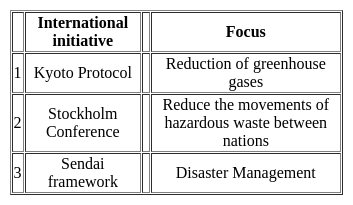
Which of the pairs given above is/are correctly matched?
Who became the first woman to ascend all Seven Summits by climbing the highest peak on every continent?
By which amendment of Madhya Pradesh Panchayati Raj Act 1993, the practice of association system was abolished?
Match List I with List II and choose the correct answer from the given options :
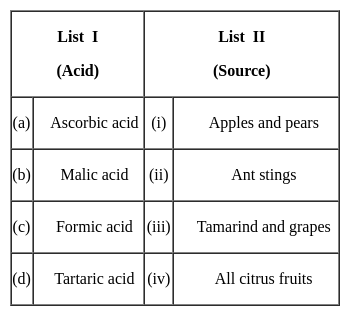
Consider the following statements regarding the Comptroller and Auditor General (CAG) of India:
1. The CAG can attend the sittings of Lok Sabha and Rajya Sabha.
2. The jurisdiction of CAG is co-extensive with the powers of the Union Government.
Which of the statements given above is/are correct?Name the Bhopal dam which helps in controlling the water of Kaliasot river.
What is the main goal of the National e-Vidhan Application scheme?
How much funding has been allocated for the construction and maintenance of irrigation projects in Madhya Pradesh?
|
29 tests
|



